Introduction The Silent Disease
Foods that Boost Bone Health. Osteoporosis weakens bones to the point that they can break easily. It is called a “silent disease” because people who develop it may not notice any changes until a bone breaks — usually a bone in the hip, spine, or wrist.
Foods that Boost Bone Health
Foods that Boost Bone Health. Bones are made of living tissue. To keep them strong, a healthy human body breaks down old bone and replaces it with new bone. Osteoporosis develops when more bone is broken down than replaced.
The inside of a bone looks something like a honeycomb. When someone has osteoporosis, the bone, which forms the “walls” of the honeycomb, gets smaller, and the spaces between the bone grow larger. The outer shell of the bone also gets thinner. All of this makes a bone weaker.
Osteoporosis
Foods that Boost Bone Health. In severe cases of osteoporosis, a simple movement such as a cough or minor bump can result in a broken bone, also called a fracture. People with osteoporosis also have a harder time recovering from broken bones, which can sometimes cause pain that does not go away. Broken hip and spine bones are severe, as these injuries can cause older adults to lose their mobility and independence.
Who is at risk for osteoporosis?
Foods that Boost Bone Health. While people of all races and ethnic groups can develop osteoporosis, certain groups are more likely to develop the disease. Osteoporosis affects about one in five women over 50, but only one in 20 men. Among women, those of White and Asian descent are more likely to develop osteoporosis.
Other risk factors for osteoporosis include:
- A family history of broken bones or osteoporosis
- History of a broken bone after age 50
- Previous surgery to remove the ovaries before menstruation periods stopped naturally
- Poor dietary habits, including insufficient amounts of calcium and/or vitamin D or protein
- Physical inactivity or prolonged periods of bedrest
- Smoking cigarettes
- Heavy use of alcohol
- Long-term use of certain medications, such as corticosteroids, proton pump inhibitors, and antiepileptic medications
- Altered levels of hormones, such as too much thyroid hormone, too little estrogen in women, or too little testosterone in men.
- Low body mass index or underweight
The risk of developing osteoporosis increases as people grow older. At the time of menopause, women may lose bone mass quickly for several years. After that, the loss slows down but continues. In men, the loss of bone mass is slower. By age 65 or 70, men and women lose bone mass at the same rate.
Maintaining Bone Health With Your Diet
Foods that Boost Bone Health. Maintaining a varied diet may mean eating some foods purely for fun and others for function. Prunes often fall into the latter camp, widely regarded as a gastronomic tool to stay regular. But new evidence suggests these dried plums benefit bones, boosting digestion and bone strength.
The study, published in the October 2022 issue of The American Journal of Clinical Nutrition, found that eating five or six prunes a day helped women past menopause to preserve bone mineral density in their hips, which could translate to fewer bone breaks. The researchers, who tracked 235 older women for a year, speculated that the daily handful of prunes lowered inflammatory chemicals contributing to bone breakdown.
After menopause, women tend to lose bone density quickly and are far more likely than men to develop bone-weakening osteoporosis. About three-quarters of all broken hips happen to women; that injury dramatically increases the odds of losing your independence and dying earlier. Additionally, half of all women over 50 will fracture their hip, wrist, or spine during their lifetime, according to the National Institutes of Health. But prunes aren’t alone on the list of surprising foods that boast bone benefits.
An Important Duo
Unlike prunes, most foods and drinks notable for bolstering bone health do the trick with calcium, a major component of bones. The mineral works best when paired with vitamin D, which helps the body absorb calcium.
It’s normal for the bone to break down and rebuild itself in a continuous remodelling process. As the bones release stored calcium into the bloodstream to carry out body functions ranging from blood clotting to muscle contractions, we replenish the supply with the calcium we eat and drink.
Our bone mass reaches its peak around age 30, and it remains steady for about the next two decades. But after menopause, we lose bone more quickly than our bodies can replace it. And ageing, in general, can prompt our body to leach calcium from bones.
It’s well known that top sources of calcium include dairy products such as milk, yoghurt, and cheese, along with dark leafy greens such as collards, kale, Swiss chard, and broccoli. Breakfast cereals and fruit juices are often fortified with minerals as well.
Other Foods
Unlike prunes, most foods and drinks notable for bolstering bone health do the trick with calcium, a major component of bones. The mineral works best when paired with vitamin D, which helps the body absorb calcium.
It’s normal for the bone to break down and rebuild itself in a continuous remodelling process. As the bones release stored calcium into the bloodstream to carry out body functions ranging from blood clotting to muscle contractions, we replenish the supply with the calcium we eat and drink.
Our bone mass reaches its peak around age 30, and it remains steady for about the next two decades. But after menopause, we lose bone more quickly than our bodies can replace it. And ageing, in general, can prompt our body to leach calcium from bones.
It’s well known that top sources of calcium include dairy products such as milk, yoghurt, and cheese, along with dark leafy greens such as collards, kale, Swiss chard, and broccoli. Breakfast cereals and fruit juices are often fortified with minerals as well.
Other Foods that Pack a Calcium Punch
Dried figs. Two figs contain about 65 milligrams (mg) of calcium. Like prunes (perhaps even tastier than their cousin), figs can be sliced over oatmeal or blended into smoothies. They also work well paired with cheese and even as a pizza topping.
Canned salmon. A 3-ounce serving has 180 mg of calcium. It’s so rich in the mineral because canned salmon includes tiny, soft bones that you likely won’t even notice. A regular salmon filet has only 36 mg of calcium, which I wouldn’t call a strong source. Mix canned salmon with mayonnaise to make a sandwich spread (as you would with tuna), or whip it up into a dip.
Plant milk. We automatically think of cow’s milk as a solid calcium source, and with good reason. But milk made from almonds, rice, or soy is typically fortified to reach a calcium level similar to its dairy counterpart: 8 ounces contain 350 to 400 mg. Check labels, and watch out for sugar that might be added to plant milk.
Tofu. This soy-based mainstay of Asian cuisine boasts 430 mg of calcium in a 4-ounce serving. while calcium-enriched versions often have double that amount. Soy foods, which include edamame, are generally high in calcium, as well as an essential source of protein — also crucial to bone health.
Almonds and almond butter. Known for their heart-health benefits, almonds are easy to love (though calorie-dense). A half-cup of the nuts alone has 190 mg of calcium, while 2 tablespoons of almond butter contain 111 mg of calcium.
White canned beans. Each cup of these soup- and chilli-enriching legumes — which encompass navy, cannellini, great northern, and lima beans — contains about 190 mg of calcium. Beans are a smart source of protein as well.
Detect osteoporosis before you break a bone.
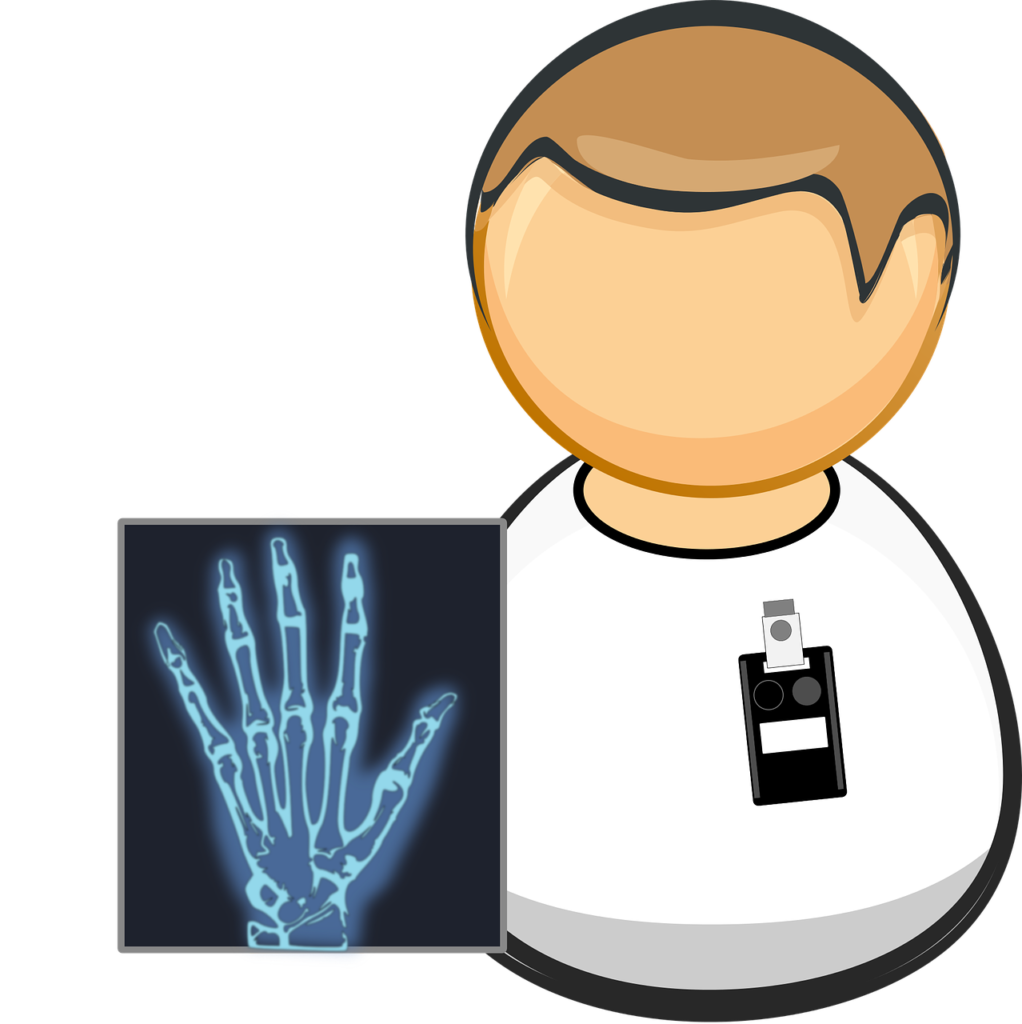
Osteoporosis, a disease in which bones become weak and brittle, strikes four times as many older women as men, a disparity due in part to our loss of bone-protecting estrogen after menopause. But while you may shrink a bit in height or develop a slightly stooped posture as you age — hints that osteoporosis is lurking — the condition typically doesn’t announce itself until you break a bone.
One weapon can stave off that painful scenario, however: bone density testing. The x-ray technology, known as a DEXA scan, measures the density of calcium and other minerals in bones. It can detect osteoporosis before a dangerous fracture happens. DEXA can also predict your risk for a future bone break or determine how well osteoporosis medication is working.
Bone Density Testing
Bone density testing is recommended for all women starting at age 65 and every two years thereafter. Women 50 to 64 should also begin regular testing if they have certain risk factors for osteoporosis, such as low body weight, a past fracture, a parent who broke a hip, a disease linked to bone loss, or medication use known to thin the bones.
How is DEXA scanning done? Over a 15-minute period, you’ll lie on your back on a padded table. One x-ray device will pass over your hips and lower spine, while another passes underneath. As with other x-ray testing, you’ll be asked to stay still and hold your breath at specific points.
The test will generate two scores. One compares your bone density to that of a healthy young adult. The second compares it to peers of the same age, gender, and ethnic background. The higher your score, the denser your bones. While current guidelines help your doctor decide when to treat low bone density, further research is needed to determine whether the guidelines related to ethnicity are accurate enough.
In Conclusion
Getting tested for bone density is not something you should consider, it is something you should do. Please do not wait until a bone breaks, because that means you missed the chance to do something before it became a serious problem. Many older women who break a hip are dead within a year of the accident. So then, recovery is harder the older you get; prevention is a better option.
Important Note *
Remember that everyone is different, it is ultimately YOUR RESPONSIBILITY to find what your body responds to. So please do your due diligence before trying anything new, including getting Medical Advice to ensure your safety and peace of mind.
Connect with me and leave a comment or two on my social media.
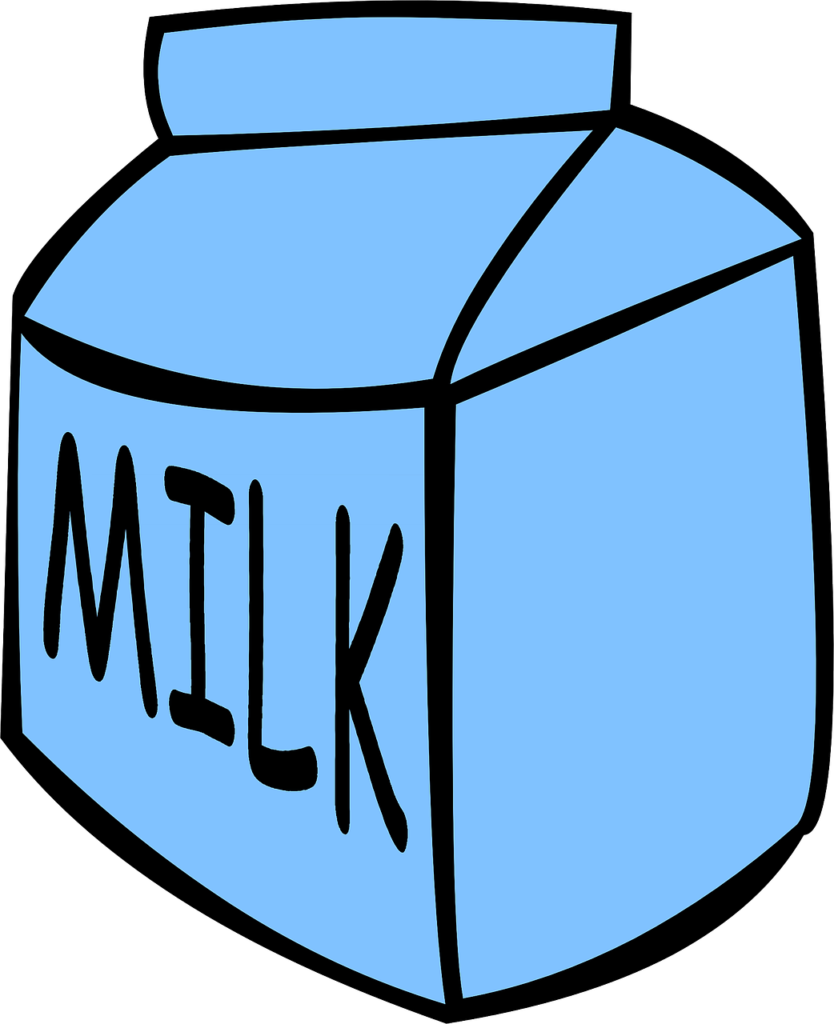


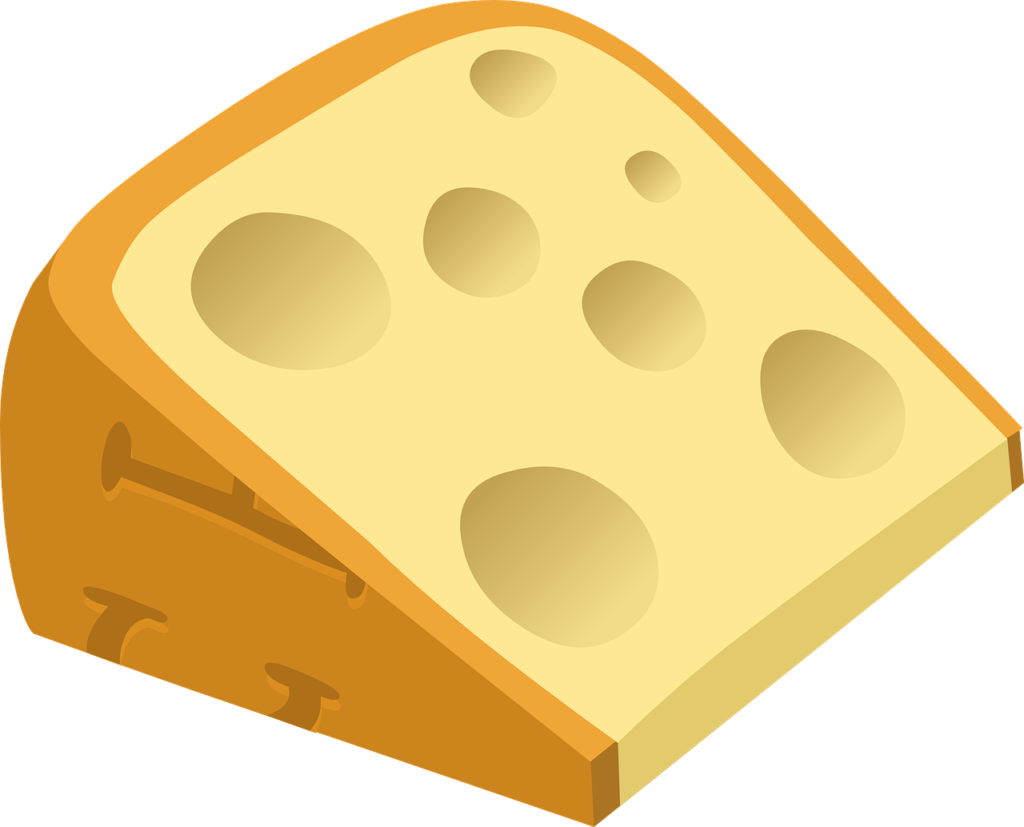
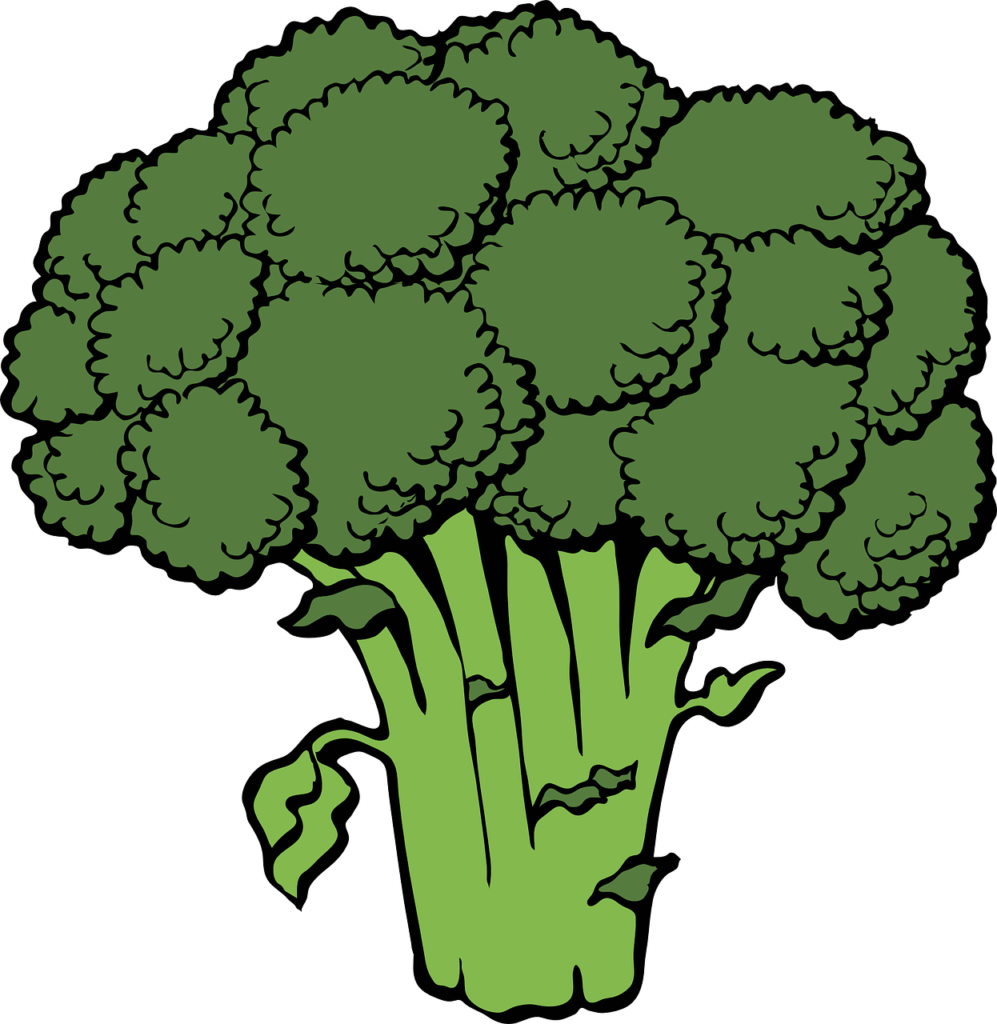
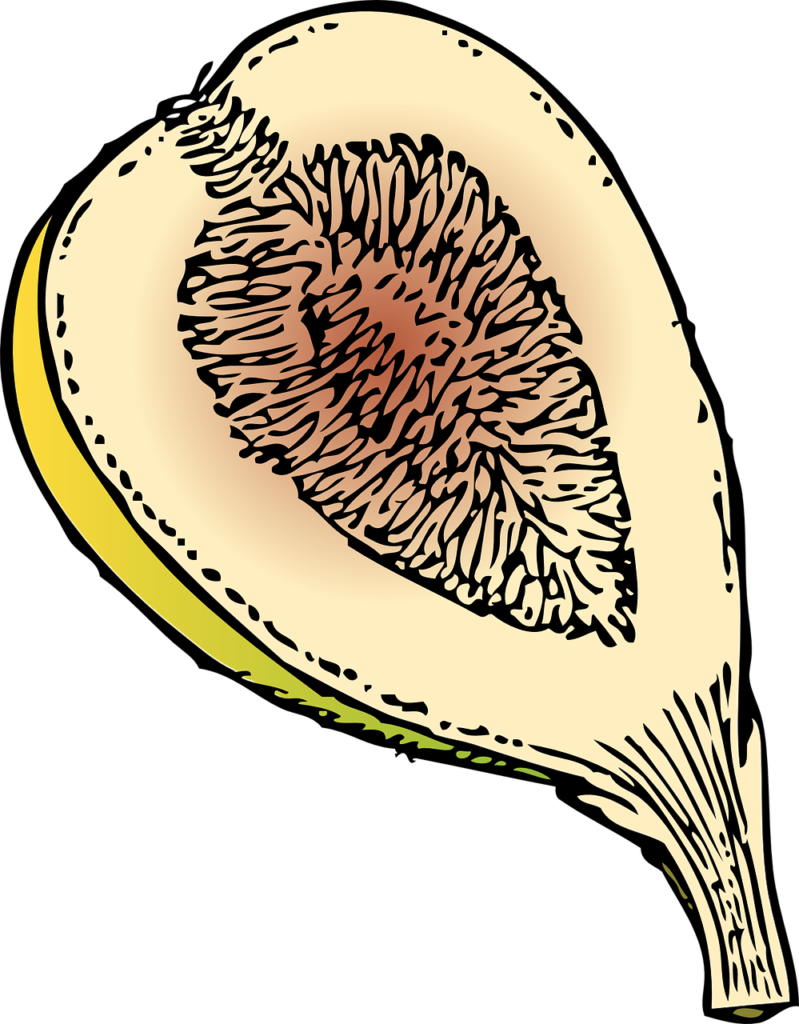
2 replies on “Foods that Boost Bone Health”
Sehr nützlich…..danke !
Vielen Dank, Ich hoffe du hast einen schonen Tag, Ian